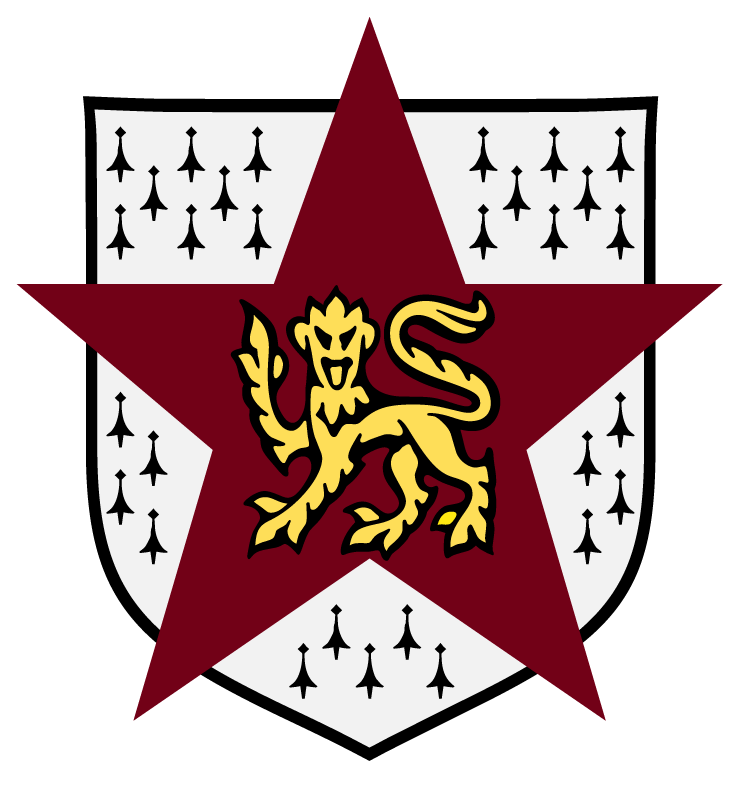Kitty Harris, "Gypsy" with access to the British Empire’s secrets
Kitty Harris (1899−1966), aka "Gypsy", "Norma", "Ada" and another fifteen code names, illegal Soviet intelligence agent, liaison for members of the Cambridge Five
At the end of the 19th century, Kitty Harris’s parents, in search of a better life, moved from Bialystok in Russia’s Grodno province (modern Belarus) to London, where Kitty was born in 1899 When she turned nine, the family moved to Winnipeg, Canada, where her father Harris opened a small shoe-repair shop. From the age of thirteen, Kitty had to work at a tobacco factory, where she got stuck with the nickname "Gypsy", which later became her first code name.
At age 20, Kitty joined the Communist Party of Canada, and in 1923, after moving to Chicago, she joined the US Communist Party and eventually married the future general secretary of the National Committee of the Communist Party, Earl Browder. She travelled throughout America, working to promote the party with great zeal and enthusiasm.
In the late 1920s, on instructions from Comintern, Kitty travelled with her husband to Shanghai during the Chinese civil war. On the way back she visited the Soviet Union. Upon her return to the USA, Kitty divorced Browder and got a job in the Amtorg Trading Corporation, which served as a de facto Soviet trade delegation prior to the establishment of diplomatic relations between the USA and the USSR in 1933 At that time, the director of Amtorg’s import department was Grigory Grafpen, the future Rezident of Soviet intelligence in London and Kitty’s immediate superior. Under his methodical management, Amtorg essentially became a structural subdivision of the Foreign Department of the OGPU. It was no coincidence that many of the foreign trade organisation’s employees later became career intelligence officers. Kitty Harris was one of them.
She was recruited for the Foreign Department of OGPU in 1931 and was offered the opportunity to move to Europe to serve as a liaison and a special courier.
In 1935, Kitty visited the Soviet Union again, where she took intelligence courses and mastered photography and radio operation. She also studied Russian, in addition to the languages she already knew. She returned home a highly trained intelligence agent.
In the spring of 1938, Kitty Harris came to London. She rented a flat with all the conveniences befitting a well-off young woman with a passion for travel. This carefully crafted image did not arouse suspicion either among neighbours or the police. Kitty was frequently visited by Donald Maclean, a young and very respectable employee of the British Foreign Office. Sometimes he stayed with Kitty until morning, which also fit her cover story.
It would have never occurred to anyone that the charming Kitty and the handsome Donald spent their nights photographing secret documents from the British Foreign Office. And then, early in the morning, Maclean returned the papers, and Kitty secretly met with the Station head to hand over the film. This was Grigory Grafpen, her former boss in New York.
Sometimes, if it was impossible to take out the necessary document, Maclean memorised its key points, and in the evening, at Kitty’s, dictated its contents to her. Kitty carefully wrote everything down, and in the morning transmitted to the Rezident a fairly accurate handwritten summary.
Gradually, the working relationship between Donald and Kitty grew into a real
romance. On 28 September 1938, the young couple left for France where Maclean had a new posting. At that very moment, British Prime Minister Neville Chamberlain, French Prime Minister Edouard Daladier, German Fuhrer Adolf Hitler and Italian Duce Benito Mussolini were concluding an agreement in Munich that would pave the way to war. Moscow needed to know all the details of that treacherous act. Maclean tried to get every bit of information he could about what was going on behind the scenes of European politics, and Kitty delivered the materials to Soviet intelligence without a hitch, as she used to in London.
At the end of 1939, Donald and Kitty ended their romantic relationship, but continued the mission.
In the summer of 1940, France surrendered, and the Germans occupied Paris. Kitty found herself in serious danger. The Paris Station ferried "Gypsy" to the south to the so-called free zone of France. For some time, she hid out in Bordeaux, and then by a circuitous route reached the Soviet Union.
On the day of the Third Reich’s attack on the Soviet Union, "Gypsy" was in Moscow. She insisted on being sent to the front, to serve as a radio operator behind enemy lines, or at least to take care of wounded soldiers in a hospital. She wanted nothing more than to be of use to the Red Army in its darkest hour.
The Soviet intelligence leadership decided to assign "Gypsy" a mission
commensurate with her skills. On 1 October 1941, Kitty Harris took an express train from Moscow to Vladivostok, and then travelled to San Francisco on board the tanker Donbass, the very same one on which the outstanding Soviet intelligence officer Arnold Deutsch would heroically perish a year later. The ship arrived in the United States on 6 December 1941, literally one day before the Japanese attack on Pearl
Harbor and the start of American-Japanese hostilities in the Pacific Ocean. But the final destination of that risky journey was Mexico, where Harris then worked as an illegal intelligence officer for the next five years.
In 1946, Kitty Harris returned to the Soviet Union. In 1951, she was arrested and upon her release lived in Gorky until her death in 1966.
During her undercover work in Europe and America, Kitty Harris had to change names and aliases about two dozen times. Twice she came to the brink of exposure because of the betrayal of defectors. But even in the face of mortal danger and personal tragedies, Kitty Harris never once questioned the cause to which she had dedicated her life.


